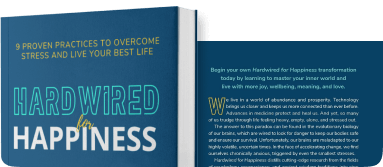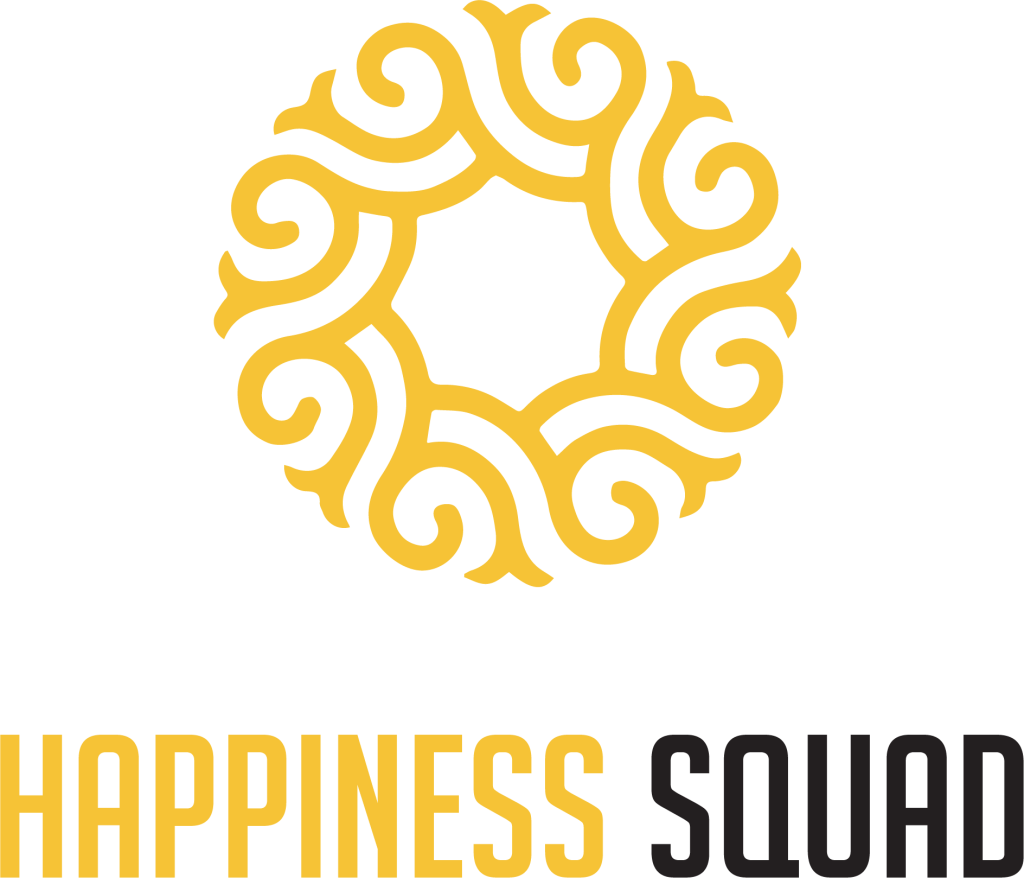
Research from the McKinsey Health Institute shows that only 3% of employee burnout is due to personal reasons, while 97% is linked to deeper issues in our organizational and team structures. This begs an important question, if the companies and their leaders are the problem, what should be done to employee’s well-being?
In this article, Ashish Kothari and Ali Khan, CEO at SHAPE Global, redefine employee flourishing and realign our strategies to enhance workplace wellness.
“Work consumes the majority of our waking hours for most working people. If work has no meaning or worse, we find showing up to work draining, you can’t have life satisfaction or happiness because they are fundamentally linked.” – Ashish Kothari.
– Ashish Kothari
As Ashish Kothari points out, companies are spending a fortune on employee well-being initiatives but not solving anything. This revelation calls for a serious rethink of how these employee wellness programs benefit the employees. But before we can address these concerns, it’s important to understand what’s causing employee dissatisfaction.
Improving workplace well-being
It turns out, the key to enhancing employee flourishing might lie in tackling the bigger picture—organizational, team, and job-related issues—rather than just focusing on personal stressors. Ali Khan underscores the importance of looking at the entire organization to really examine and address the systemic issues that might be holding our employees back.

It’s quite scary because a lot of organizations are plowing money into what they call well-being services, but they’re negligible in their impact. Recognizing these broader issues is the first step in collecting the right data to improve well-being.
The role of data in improving employee flourishing
Using data effectively can help us uncover hidden issues that affect employee flourishing. One useful framework here is the CRAP model, which focuses on Claims, Retention, Absenteeism, and Performance. This model helps us drill down into the specifics of what’s really happening in our workplace.
By digging into the data, we can identify specific problem areas within different teams or departments, moving beyond the one-size-fits-all solutions. This tailored approach allows us to create targeted strategies that address the unique aspects of our workplace culture. It’s about using insights to foster real change.
“We look at flourishing through the lens of work. It’s about people reaching their full potential through the conditions that enable optimal performance, fulfillment, and growth.” – Ali Khan.
– Ali Khan
The shift to sustainable well-being
Shifts are happening in how we think about employee flourishing, with a strong pivot toward sustainable well-being. This new paradigm focuses on long-term improvements rather than quick fixes. Ali explains that 2024 and beyond is about sustainable well-being, which correlates beautifully well to the core tenets of flourishing or the 12 domains of flourishing:
- Physical health – Acts as the foundation for daily productivity and effectiveness. Healthy employees can perform their best and contribute positively to their workplace.
- Mental health – A healthy mental state enables employees to tackle challenges and engage constructively with their tasks and colleagues.
- Psychological health – Emotional and psychological well-being can support critical thinking, decision-making, and creative problem-solving in the workplace.
- Business Essentials/The 7S – This domain highlights the strategic alignment of skills, systems, and shared values that drive organizational effectiveness and adaptability.
- Job Satisfaction – High job satisfaction reflects that employees feel valued and find their work meaningful. It can boost morale and reduce turnover.
- Employee Engagement – Engaged employees are enthusiastic and are more likely to innovate and drive business success by going beyond the minimum requirements.
- Employee Commitment – When employees are committed to their work, this leads to long-term relationships with the organization that contribute to a stronger culture.
- Managerial style – Effective management can create a positive employee experience that supports and motivates employees.
- Corporate Culture – Sets the tone for the workplace environment. A positive culture enhances employee loyalty, cooperation, and overall job satisfaction.
- Physical work environment – A well-designed work environment influences physical comfort, reduces stress, and enhances productivity.
- Soft work environment – Focuses on the intangible aspects of the workplace, such as respectful communication, positive relationships, and emotional safety.
- Life outside of work– Proper balance prevents burnout and supports engagement by allowing employees to manage personal and professional demands effectively.
By embedding these sustainable practices into our daily operations, we can build programs that genuinely support and uplift our employees over the long haul.
Conclusion
Organizations leading the charge in sustainable well-being offer promising insights. For example, initiatives by the Wellbuilding Institute showcase a commitment to three-year strategic plans focused on improving the employee experience from the ground up.
These long-term efforts have led to notable enhancements in employee satisfaction and productivity, proving that a sustained focus on employee flourishing can yield significant results. These success stories serve as inspiring benchmarks for what we can achieve.

Ashish Kothari sums it up: “It’s time we shifted our focus to more comprehensive solutions that address the whole picture.” This is a call to action for all of us to reconsider how we can truly support employee flourishing.
Let’s step away from outdated methods and embrace innovative strategies that make our workplaces not only more productive but genuinely healthier and happier.
Are our financial investments in wellness seeing the return we hope for, or are they just a costly band-aid? In this article, Ashish Kothari and Ali Khan, CEO at SHAPE Global, redefine employee flourishing and realign our strategies to enhance workplace wellness.
Learn more about Ali at his LinkedIn.
Listen to the podcast with Ashish and Ali below.
Access and subscribe to all of the episodes of the Flourishing Edge Podcast here.
Visit the REWIRE Program powered up by the HAPPINESS SQUAD Community and experience your shift within your 30-day risk-free trial today. Cultivate your Self-Awareness, Gratitude, Purpose, Community, and personal growth more through the 9 Hardwired for Happiness practices. Integrate simple and proven micro-practices grounded in the science of happiness and neuroscience of habit formation in 5 minutes a day.
Make Flourishing Your Competitive Edge.


